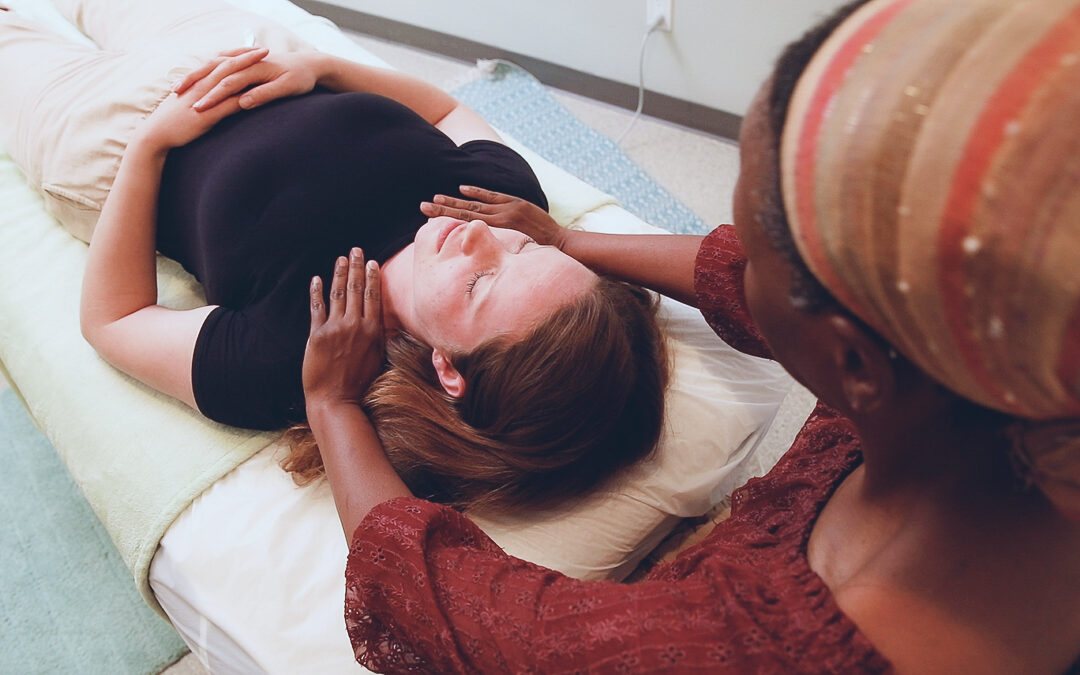Massage improves overall flexibility and range of motion in a number of ways.
First, it increases the temperature of soft tissues, which makes them more pliable and less resistant to stretching. Second, massage helps to break down adhesions, which are bands of scar tissue that can form between muscle fibers and restrict movement. Third, massage helps to reduce muscle tension and tightness, which can also limit range of motion. Fourth, massage helps to improve blood circulation to the muscles, which brings in oxygen and nutrients and helps to remove waste products.
All of these effects can lead to improved flexibility and range of motion.
Additionally, massage can help to improve proprioception, which is the body’s awareness of its own position and movement. This can also lead to improved performance and reduced risk of injury.
Massage can be beneficial for people of all ages and fitness levels. It is particularly helpful for athletes, people with chronic pain, and people who are recovering from an injury. It can also be beneficial for people who simply want to improve their overall flexibility and range of motion.
Here are some specific examples of how massage can improve flexibility and range of motion:
• A study published in the Journal of Sports Medicine and Physical Fitness found that massage therapy significantly improved flexibility and range of motion in the shoulders of athletes.
• A study published in the journal BMC Complementary and Alternative Medicine found that massage therapy was effective in improving flexibility and range of motion in people with low back pain.
• A study published in the journal Archives of Physical Medicine and Rehabilitation found that massage therapy was effective in improving flexibility and range of motion in people with knee osteoarthritis.
If you are looking for a way to improve your flexibility and range of motion, massage therapy is a great option to consider. Talk to your doctor or a qualified massage therapist to see if it is right for you.

